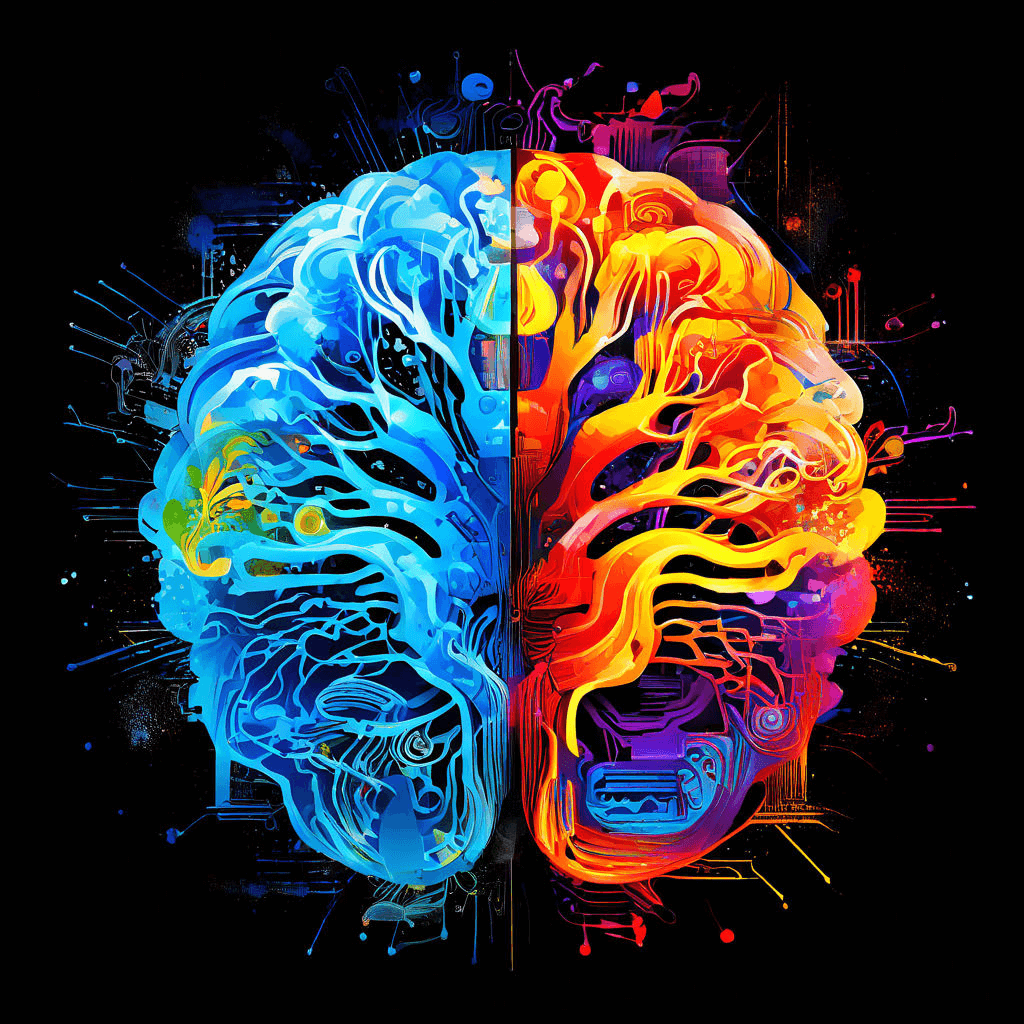Creativity is the lifeblood of innovation, the spark that ignites the flames of progress. Join us as we explore the fascinating connection between art and cognition, discovering how the creative process shapes our minds and expands the boundaries of human potential.
“Every child is an artist. The problem is how to remain an artist once he grows up.” – Pablo Picasso
Creativity is not just the domain of artists; it is the engine of innovation, the heartbeat of progress. At the intersection of art and cognition lies a realm where our minds are not only shaped but expanded. The creative process is more than mere expression—it is a dynamic interplay that transforms our cognitive abilities, pushing the boundaries of what we believe possible.
Imagine a world without creativity—no music to soothe our souls, no literature to spark our imagination, no innovations to propel us forward. It is through creativity that we paint our visions, compose our dreams, and invent our futures. But what is the connection between art and cognition? How does engaging in creative activities impact our mental processes? Let’s delve into the science and stories behind the transformative power of creativity.
Have you ever felt a burst of inspiration while doodling on a notepad or lost yourself in the colors of a sunset? These moments of artistic engagement are more than just pleasant diversions—they are exercises that enhance our cognitive functions. According to a study by the American Journal of Public Health, engaging in creative activities can significantly improve mental health and cognitive function. But how does this happen?
Art and cognition are intimately connected. Creative activities stimulate different areas of the brain, fostering cognitive development, enhancing problem-solving skills, and improving emotional well-being. Whether through painting, writing, or playing music, the creative process engages our minds in ways that are both profound and transformative.
Scientific Research
The impact of art on cognition is supported by extensive research. For instance, a study published in the journal “Frontiers in Psychology” found that engaging in artistic activities enhances neural connectivity and plasticity. This means that creating art can help strengthen the connections between different brain regions, promoting a more integrated and flexible cognitive network.
Furthermore, the act of creating art activates the brain’s reward system, releasing dopamine, the feel-good neurotransmitter. This not only enhances mood but also improves motivation and focus. Another study from the University of Western Australia revealed that visual arts can boost cognitive function and reduce the risk of cognitive decline in older adults.
Consider the story of Sarah, a software engineer who found herself stuck in a rut. Despite her technical expertise, she struggled with problem-solving and innovative thinking. She decided to take up painting as a hobby, and the results were remarkable. The creative outlet helped her relax, think more clearly, and approach problems with a fresh perspective. By engaging in art, Sarah unlocked new pathways in her brain, enhancing her cognitive flexibility and problem-solving abilities.
The Benefits of Creativity on Cognitive Function
Creativity and cognitive function share a symbiotic relationship. Engaging in creative activities not only enhances cognitive abilities but also promotes emotional resilience and mental well-being. For example, playing a musical instrument involves complex cognitive processes, including memory, coordination, and abstract thinking. These skills are transferable, benefiting other areas of cognitive function.
Actionable Tips
- Incorporate Art into Your Routine: Set aside time each week to engage in a creative activity, whether it’s drawing, writing, or playing an instrument.
- Explore New Art Forms: Challenge your brain by trying new artistic pursuits. The novelty will stimulate your brain and promote cognitive flexibility.
- Create a Creative Space: Designate a space in your home where you can freely engage in artistic activities without distractions.
- Mindful Art Practices: Combine mindfulness with creativity by focusing fully on the artistic process. This can enhance both your cognitive function and your emotional well-being.
Practical Applications
Creativity is not limited to traditional art forms. It can be integrated into everyday activities to boost cognitive function and enhance problem-solving skills. Here are some tips to incorporate creativity into your daily life:
- Creative Journaling: Use a journal to jot down your thoughts, ideas, and doodles. This can help organize your mind and stimulate creative thinking.
- Collaborative Creativity: Engage in group creative activities, such as brainstorming sessions or art classes. Collaboration can spark new ideas and enhance cognitive flexibility.
- Digital Creativity: Explore digital tools and platforms for creative expression, such as graphic design software, music composition apps, or writing platforms.
Conclusion
The intersection of art and cognition reveals the profound impact of creativity on our mental processes. Engaging in creative activities enhances neural connectivity, promotes cognitive flexibility, and improves emotional well-being. Through art, we not only express ourselves but also expand the boundaries of human potential.
Actionable Takeaways
- Make time for creative activities in your routine.
- Explore new forms of art to challenge your brain.
- Create a dedicated space for artistic pursuits.
- Integrate mindfulness into your creative practices.
Closing Remark
In the grand tapestry of human experience, creativity is the thread that weaves innovation and progress. By embracing the creative process, we unlock the full potential of our minds and shape a future brimming with possibilities. So, pick up that paintbrush, write that story, or play that melody—your mind, and the world, will be richer for it.



